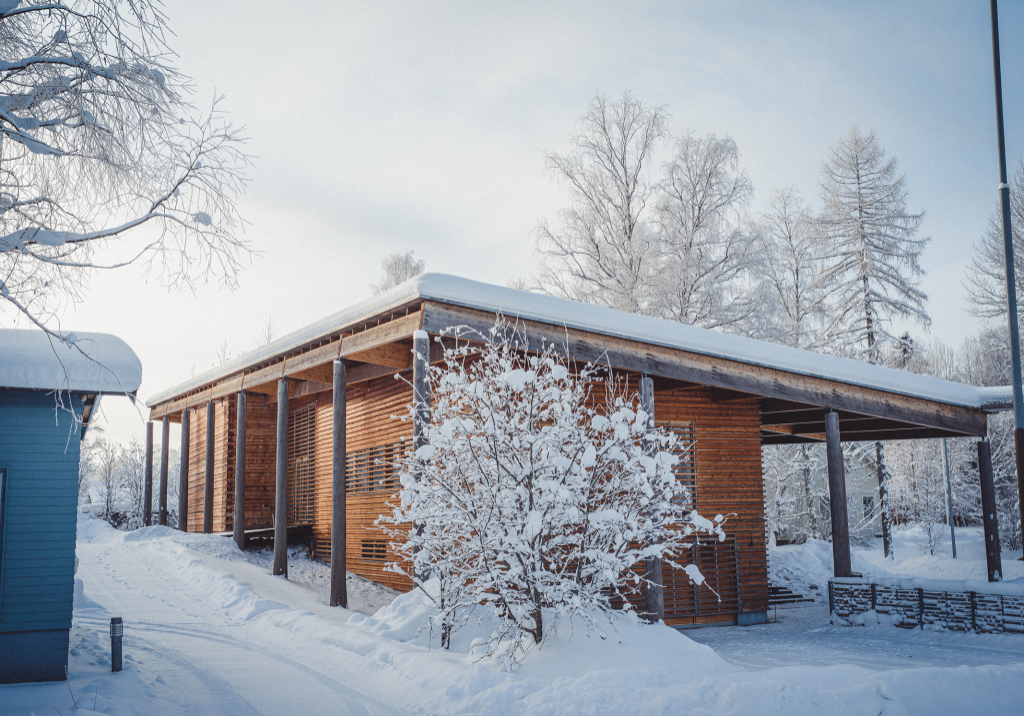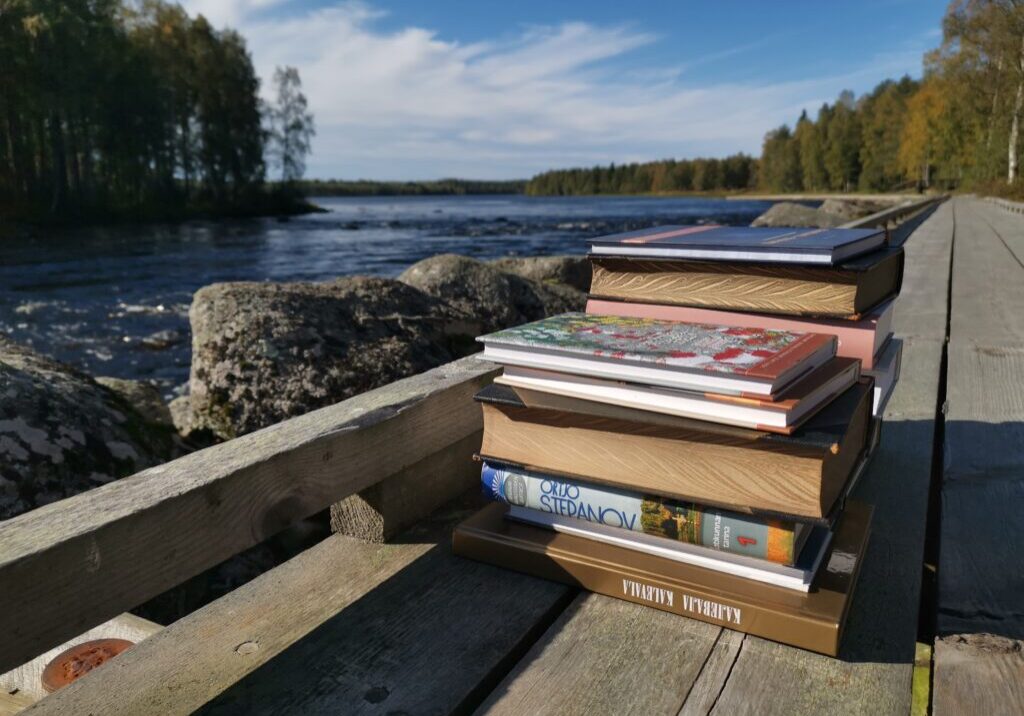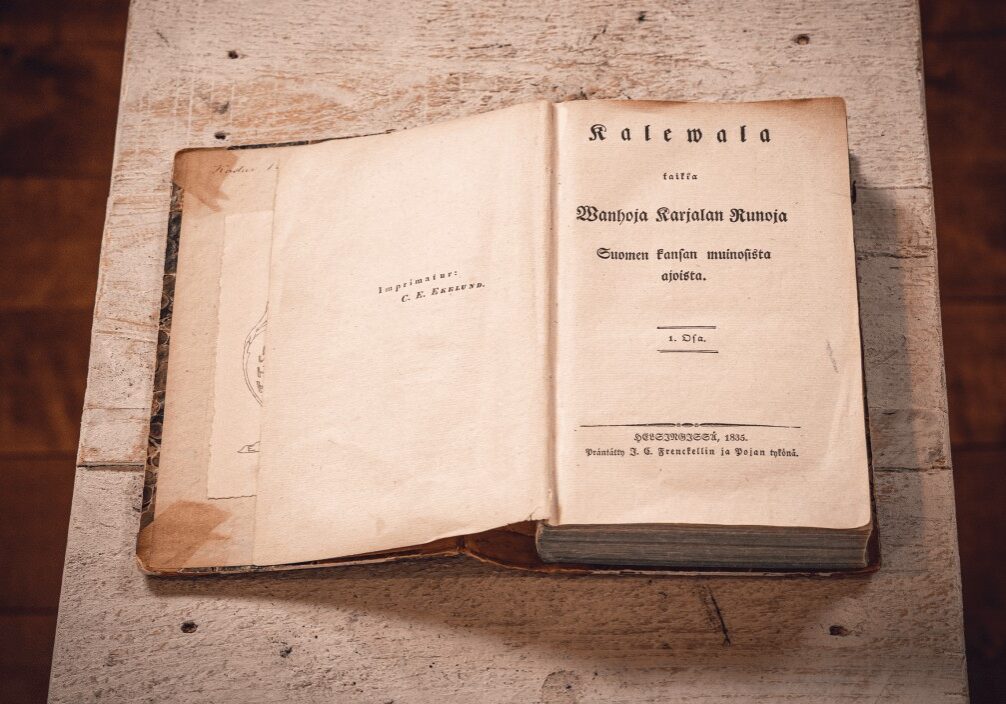Hietajärvi and Kuivajärvi
Three km away from each other
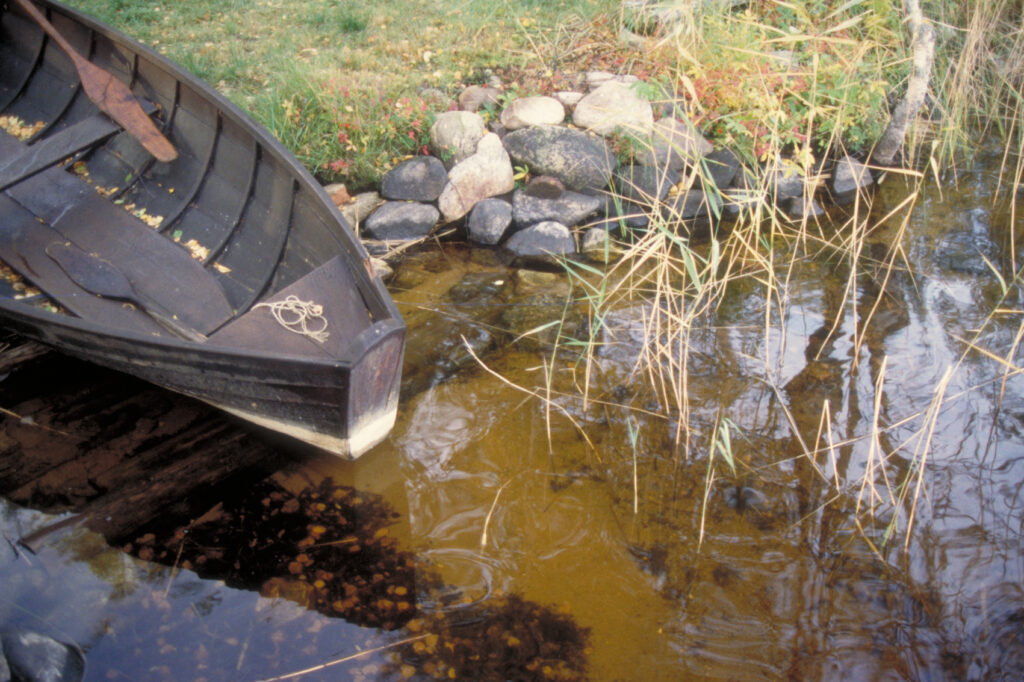
The shores of Lakes Kuivajärvi and Hietajärvi have been inhabited since the late 1700s. The first inhabitant was a man who crossed the border from Tunkua in Russian Karelia to escape the Czar's 25-year military service. Later, the man took on as his maid and hired hand at Hietajärvi Toarie Lesonen from Latvajärvi, or Lapukka, and Tomenttei Sikov from Suikujärvi. The two married, moved to the shore of Lake Kuivajärvi and started the village of the same name. Tomenttei took the name Lari Huovinen and became the forefather of the Huovinens of Hietajärvi and Kuivajärvi.
According to some accounts, Toarie was Arhippa Perttunen's sister. She was a significant "Kalevala singer" although only four of her poems have been recorded. Daniel Europaeus, who was sent by Lönnrot to collect poetry, tells of his meeting with Toarie in Hietajärvi in December 1845:
There was an old woman whom I had a very hard time getting to sing; but her one word was worth more than dozens of words from anyone else.
Europaeus found out from Toarie that Lemminkäinen killed Joukahainen, the Master of Pohjola, in the Wedding of Pohjola. In his preface to the first edition of the Kalevala, Lönnrot had already speculated that Joukahainen might belong to the people of the North and had now received confirmation of this fact from Europaeus. On the strength of this discovery, Europaeus suggested that Canto 30 of the Kalevala, in which Joukahainen is sung of and is clearly still alive, should be put before the Wedding Song of Pohjola or even before the song of the Meager Youth of Lapland, because "this Lapp was none other than Joukahainen."
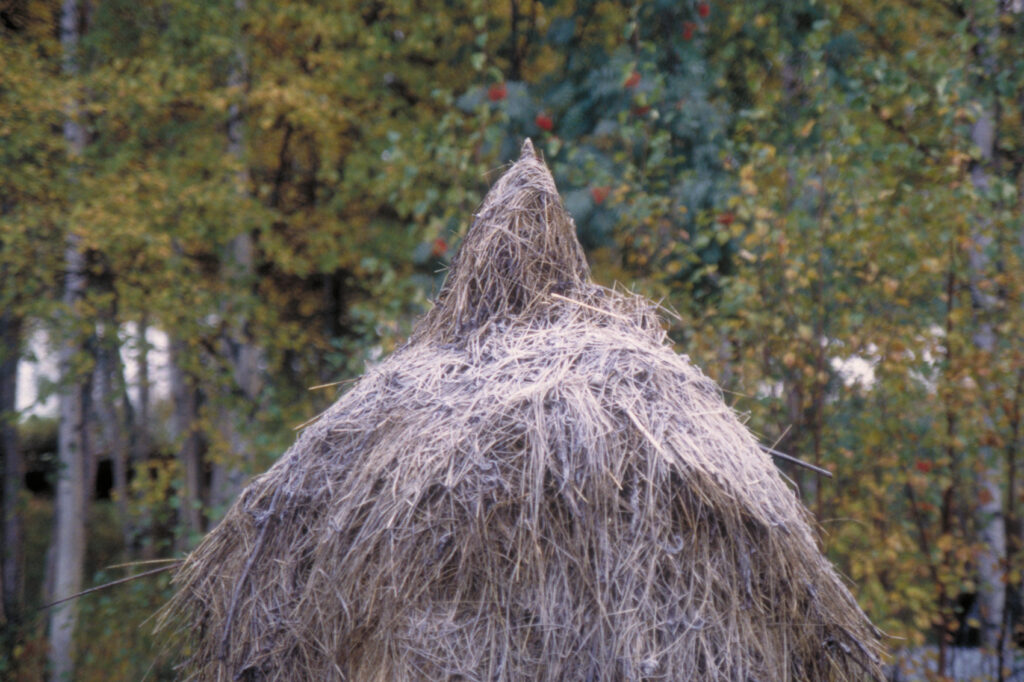
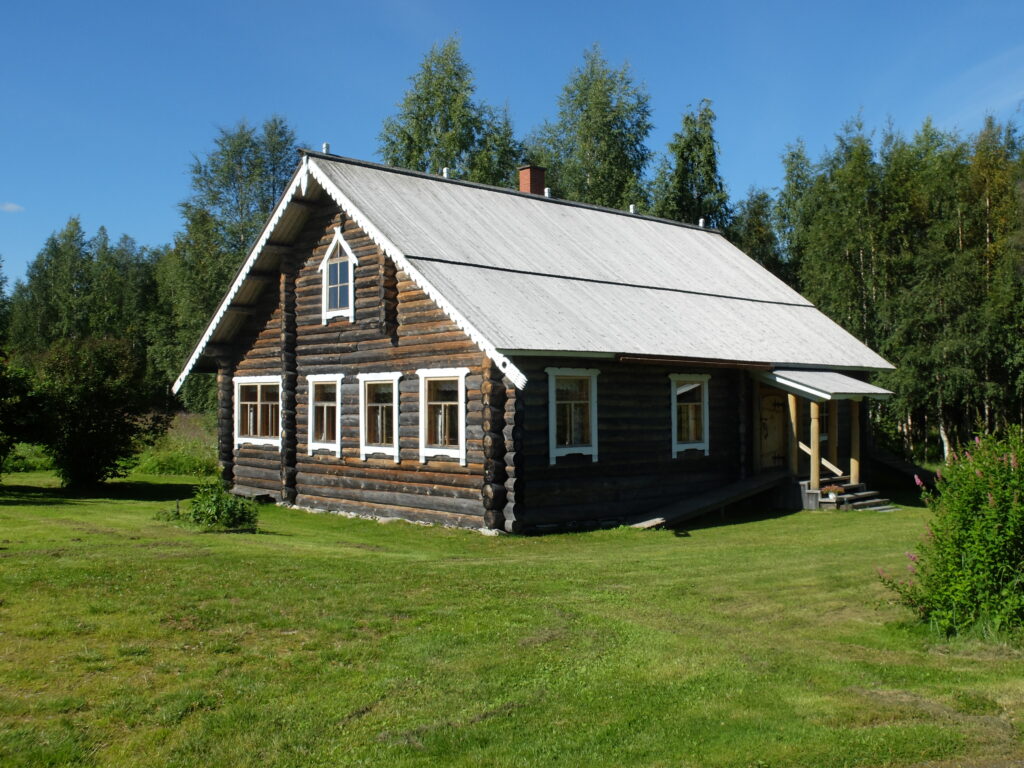
Lönnrot did not accept Europaeus' view that Joukahainen should be considered Master of Pohjola, but he did accept that Joukahainen and the Lapp were the same person. Accordingly, in the second edition of the Kalevala, Lönnrot moved the singing match between Väinämöinen and Joukahainen closer to the beginning of the epic, thereby providing the Meager Youth of Lapland - Joukahainen - with a motive to try to ambush Väinämöinen and kill him.
The village of Hietajärvi has thus played a considerable role in the structure of the Kalevala, because, other than his decision to place the creation of the world at the beginning of the work, this change was the only major structural change Lönnrot made in the final edition of the epic.
After Europeaus also Borenius, Genetz and Berner visited Hietajärvi and Kuivajärvi. In Kivijärvi they met the siblings Miina and Ohvo Huovinen from Hietajärvi and wrote down their spells.
In 1877 P. J. Hannikainen and Juho Reijonen recorded both in Hietajärvi and Kuivajärvi some songs by Jaakko Huovinen and his mother Anni. In 1800 in Kuivajärvi Jooseppi Mustakallio wrote down 8 tales from Ontrei Huovinen. In the following two years Heikki Meriläinen collected the spells by Miina and Timo Huovinen. Karjalainen and Inha passed by Kuivajärvi and got the spells from Moarie Huovinen.
Also Iivo Marttinen, Sakari Jouhki, Petri Lesonen and Samuli Paulaharju visited from Hietajärvi and Kuivajärvi. In the '50s Pertti and Helmi Virtaranta interviewed Domna Huovinen and Miikkula Huovinen.
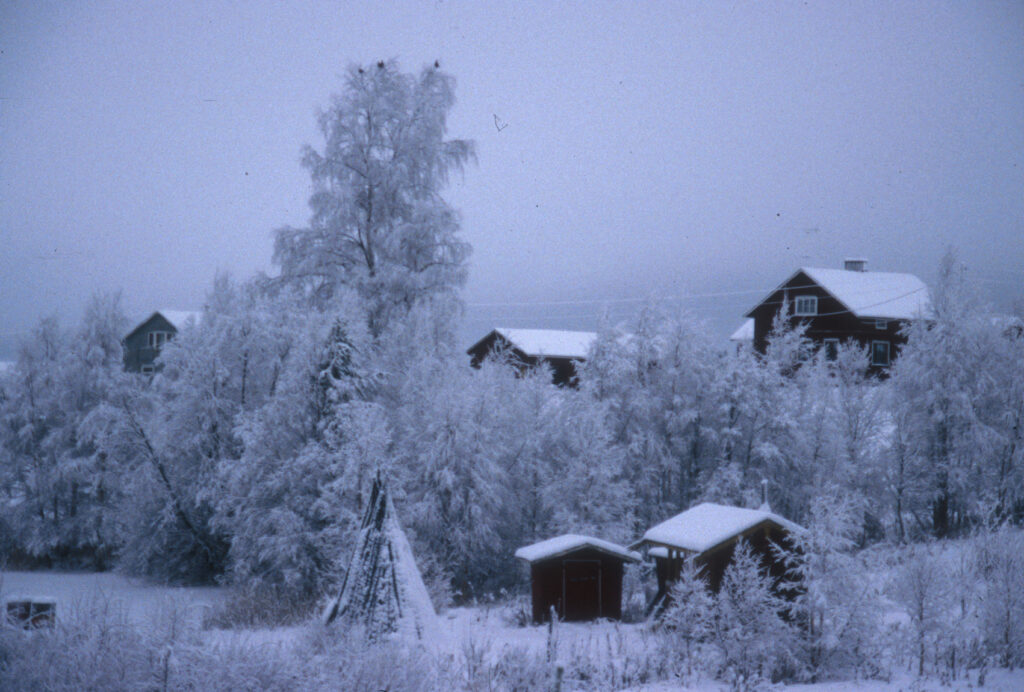

In his works, especially in "Polku sammui", Pertti Virtaranta has described the traditions and the runosingers of the White Karelian villages. The oral runosinging tradition passed down from a generation to the other survived in Hietajärvi thanks to Jussi Huovinen, runosinger, kantele player and maker. He erected the cross in Kuivajärvi and the one in the old cemetery.
Every year, at the beginning of June, Kuivajärvi hosts a kermesse (praasniekka).
Tsasouna
The present tšasouna was built in 1957 and consecrated the following year. The previous tšasouna was destroyed in the Winter War in February 1940 when Finnish soldiers burnt the village following its evacuation. That tšasouna had only been in use some five years. The one before it also burned: a small storage shed-like structure in the yard of Hilippä Huovinen, its fate was to be destroyed when the main house burned down at the beginning of the century.
The graveyard
The new graveyard in Kuivajärvi was established when burials were forbidden in the old one; a national border had been imposed which prevailed over established cultural patterns. The graveyard has been in use since the 1920s.
The ancient graveyard, shared by Hietajärvi, Kuivajärvi and Vuokinsalmi (across the border), was located on an island in Lake Vuokkijärvi, which is next to Hietajärvi. When the border was closed in the 1920s, the villages on the Finnish side had to start a new graveyard, because old Kalmosaari was right on the border.
In the 80's, Jussi Huovinen from Hietajärvi planted a White Karelian cross in the old cemetery in memory of all the people buried in the island.
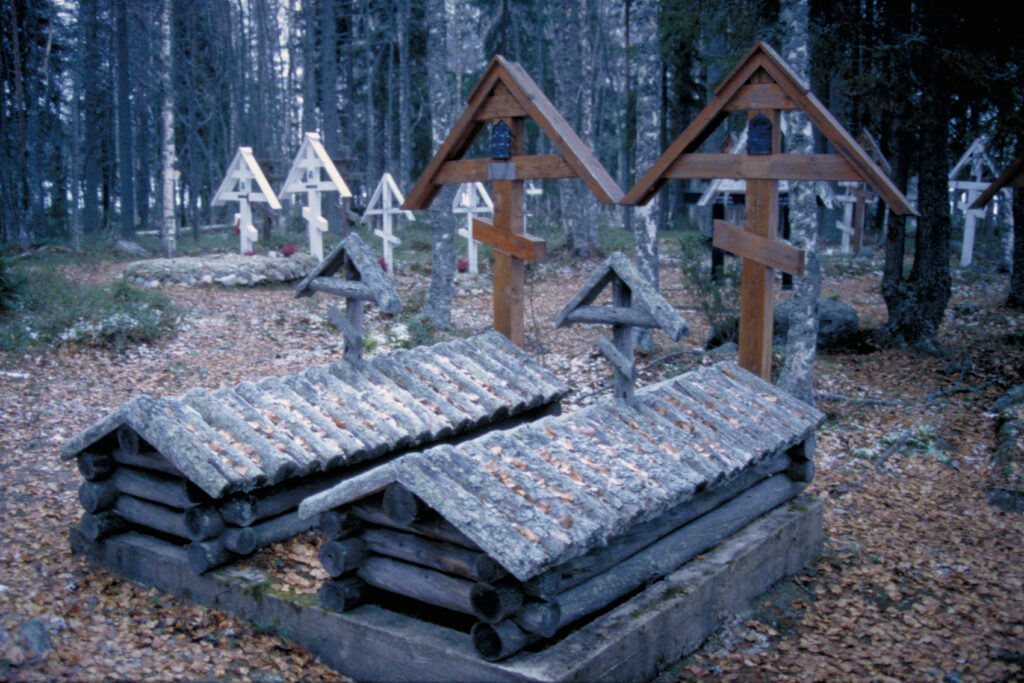

Murhinsalo
The wilderness forest surrounding Hietajärvi and Kuivajärvi has served village residents for two centuries as a place where they can engage in traditional livelihoods and pastimes. The area's richest source of fish is Lake Murhijärvi, which has old fisherman's huts on its shores. Since the 1980s, the Finnish National Forest and Park Service has sought to implement logging plans that would threaten the virgin forests of the area, and to a certain extent its activities have detracted from the wilderness character of the region. Attitudes have changed in the 1990s, at the Forest and Park Service as well, and in 1999, the 150th anniversary of the publication of the second edition of the Kalevala, the wilderness area, including the White Karelian villages in Suomussalmi will most likely be made part of a "Kalevala Park" nature preservation area.
